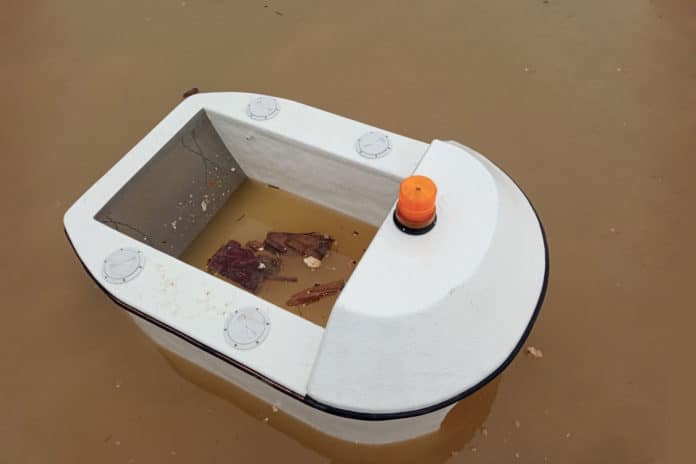Nowadays, more and more plastic objects are being produced, such as plates, glasses, bottles, or bags. When we dispose of them, they can end up in a landfill, be incinerated, or recycled. Also, due to wind and rain action, this waste can reach the sea even when we throw it away. The marine waste can choke coastal waters and leaves beaches looking like rubbish dumps.
While clearing the vast Great Pacific Debris Field is challenging, removing debris from local waterways is far more feasible, and that’s what the Clearbot robot is for.
Developed by Hong Kong-based startup Open Ocean Engineering, Clearbot is a swarm of trash-collecting robots that use AI-Vision to detect and collect trash from water bodies. These semi-submersible robotic marine trash collectors are fully autonomous, solar-powered, and work as a team to remove the trash.
According to the company, Clearbot is 15x cheaper, has 5x more reach, and removes 2x more trash daily in comparison to any current solution. One or more robots can be remotely controlled in real-time, or they can work autonomously. When it operates autonomously, the Clearbot either moves back and forth across a predefined area or uses its integrated computer vision system to detect and chase pieces of floating debris. In either case, debris passes through the robot’s open nose and accumulates in a mesh container inside. A front conveyor belt system is under development for more efficient waste collection.
As soon as the Clearbot battery starts to run out – or when its trash can is full – the robot return to the central docking station. Then, its trash is automatically emptied, and its battery is charged using a solar-powered charging system.
A single Cleanbot robot ship can store up to 200 liters of garbage, and takes about 8 hours to clean almost 1 square kilometer of the surface. With a simple charge, it can work for around 48 hours straight.
More than a year ago, Dutch inventor Boyan Slat introduced a similar but larger floating device, called the Interceptor, that promises to collect up to 100,000 kg of garbage daily in the river before it reaches the oceans.
It is an important start, but we should also consider reducing waste, packaging, plastics, etc., and use materials that are biodegradable or that could be better reused and recycled.
The robot has now been updated with new technologies since its first release.
